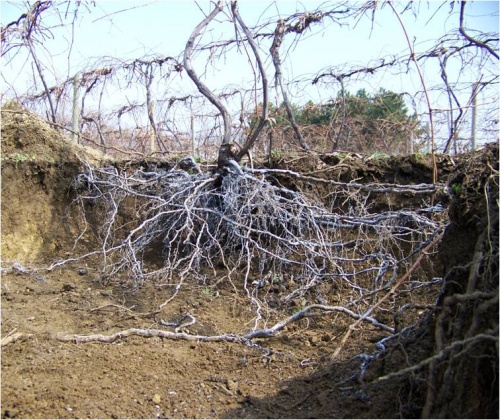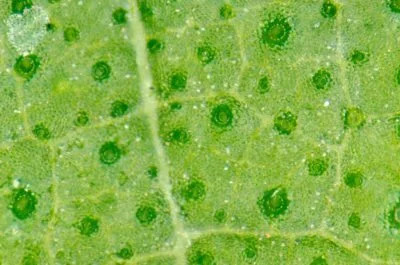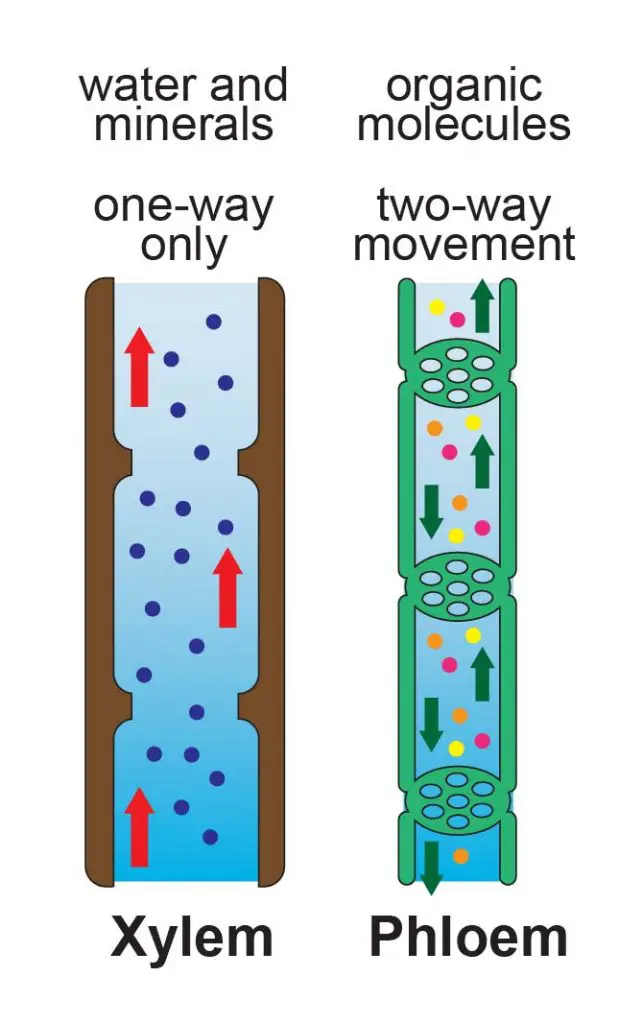Everyone has heard that California has been in a drought. It seems like we are always in a drought. Even when it rains, we are in a drought. In fact, according to water.ca.gov California seems to be in a drought more often than not. We recently experienced the 5-year event of 2012-2016. Other drought years include 2007-09, 1987-92, 1976-77 as well as one that lasted a decade that spanned the 1920s- 1930s. More recently, the 2022 year showed us the driest January, February, and March in over 100 years, which has been part of the most recent drought of three years.
There is a fine line between having too much and too little water for the grapevine. They are relatively resilient. They can deal with a lot of stress and still survive. Once they have established themselves, lack of water does not equal death.
When We Need to Water
Newly planted vines need water to help prevent them from transplant shock. These new vines can also rot easily, so it is important to pay attention to the depth of the water. Anything more than 6-8” deep, can lead to root rot.
Established root systems are much more adaptable. Since their roots are deeper, we can water to a deeper level. But the amount and the frequency are extremely dependent on the type of soil. Sandy soils, for example, lose its water quickly as compared to heavier clay soils.

How water moves in the grapevine
There are two parts of the vine that allow water to move through the grapevine. The stomata and the vascular system. Stomata are tiny pores on the undersurface of the leaf. It is here where water vapor is lost and carbon dioxide (CO2) is taken into the leaf. The stomata are open during the day and closed at night. Water is lost, due to the water potential gradient. Very simply, water moves where there is space. So it moves from cells that have a lot of water to cells that have less. This process continues until the cells near the vascular system have lost their water potential.

Enter the specialized cells of the xylem. Just like our arteries transport blood away from the heart. (veins return the blood.) When the xylem feels the lack of water pressure, it triggers a signal transmitted down the length of the vascular tissue in the vine. This tension effectively pulls water up through the vine, similarly to you using a straw to drink. As the water moves up the xylem, the potential at the bottom is lower, causing more water to enter the vine’s vascular system.

What Happens When There is No Water?
Thanks to the same process of water potential, as the soil dries out, the water in the cells continues to move to lower potential, ultimately leaving the plant through the stomata.
Research has shown that lack of water is more inhibitive on the vegetative (green) growth of the vine than on reproductive growth(berries). This means that the stress can kill the shoot tip, but has less impact on the fruit. If the vine has already gone through fruit set, there is little detriment to the fruit’s continued development.
Have you been missing the weekly Exploring the Wine Glass posts? They have moved. Sign up at http://eepurl.com/be49CD to never miss a post. Subscribe to Dracaena Wines’ blog in the sidebar on this page.
Water contains salts. So when it rains, salts are added to the soil. So we love rain, but it can also cause a problem. When we are in a drought, the water is gone, but the salts remain, but the vines continue to look for it. These salts contain beneficial micronutrients, but can become harmful when found in higher concentrations. (droughts)
Hopefully, you remember from high school science class, that you can’t drink sea water. At first, you feel better because of the water, but you ultimately become even more dehydrated because of the salt in the water you consumed. The same is true for the grapevine. When the vine takes in too much salt, it starts to display “leaf burn” or browning. The vines’ photosynthetic capacity declines. Additionally, and more permanently, soil typically clumps and leaves the pores of the vine so that the vine can penetrate the soil and uptake the water. But when the soil is full of salts, it doesn’t and the plant ultimately can no longer pick up water; causing death.
Please follow us on Instagram, Twitter, Facebook and Youtube.
Dracaena Wines has received consistent 90+ ratings and multiple Double Gold medals. Click image to order yours today and let Dracaena Wines Turn Your Moments into Great Memories!

